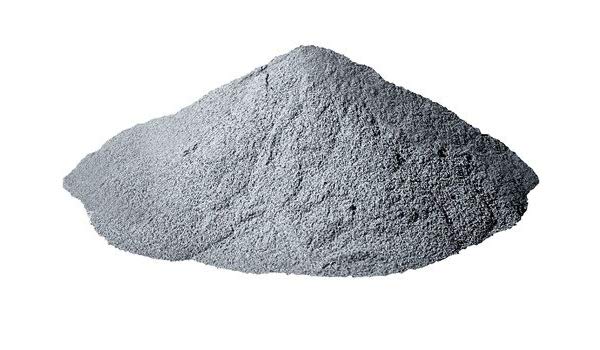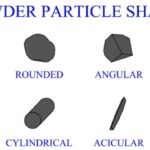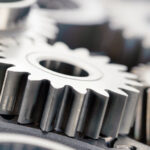
Different metal powders require different ways of production due to their distinct physical and chemical characteristics. For decades, various manufacturing processes of metal powders have been devised, developed, and applied. Some of the most widely used methods are described below.
Machining & grinding
Milled metal powders are produced by having metals physically ground by a milling machine, resulting in irregularly shaped powders of any fine size. This process, however, is not applicable to combustible metals in powdered form.
Reduction
The crushed metal oxide can be reduced to a powdered form when it is mixed with a carbon source such as coke and heated to a temperature below the melting point in a continuous furnace or kiln. A pure iron with a sponge-like structure is collected when oxygen from the iron oxide reacts to the hydrogen atmosphere. It is then finally reground, ready for fabrication.
Atomisation
The atomisation process is different for metals with an either high or low melting point. For low melting point metals or alloys, it is first molten and kept in a tank. It is then suctioned into an atomizing nozzle. This process divides the molten metal into smaller droplets that eventually form into metal powder as it cools and solidifies. For metals and alloys with a higher melting point, the molten metal is streamed down into an orifice and a jet of atomised gas or fluid breaks the stream down into powdered particles. The characteristics of the metal powders can be modified by controlling some or a combination of process variables such as the temperature or stream velocity.
Electrolytic precipitation
Precipitated metal powders are produced through electrolysis or electrolytic deposition. It is a process that results in powders with high purity, high density, and precise particle size. For iron, two electrodes are connected to an electrical supply. A steel and stainless steel plate serve as an anode and cathode, respectively, as they are placed and dipped in an appropriate electrolyte. For 50 hours, deposits of pure electrolytic iron are collected from the cathodic plate.


